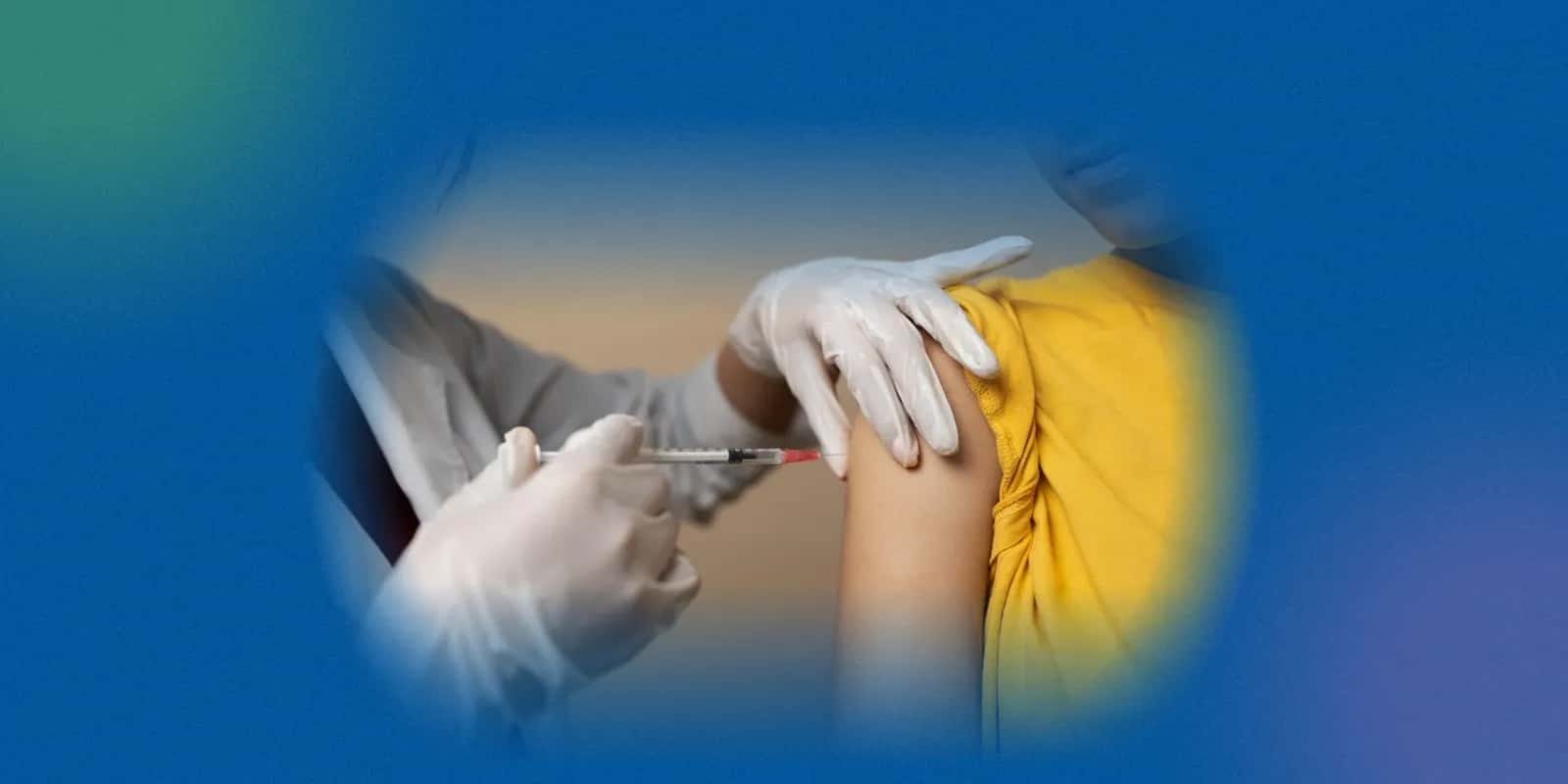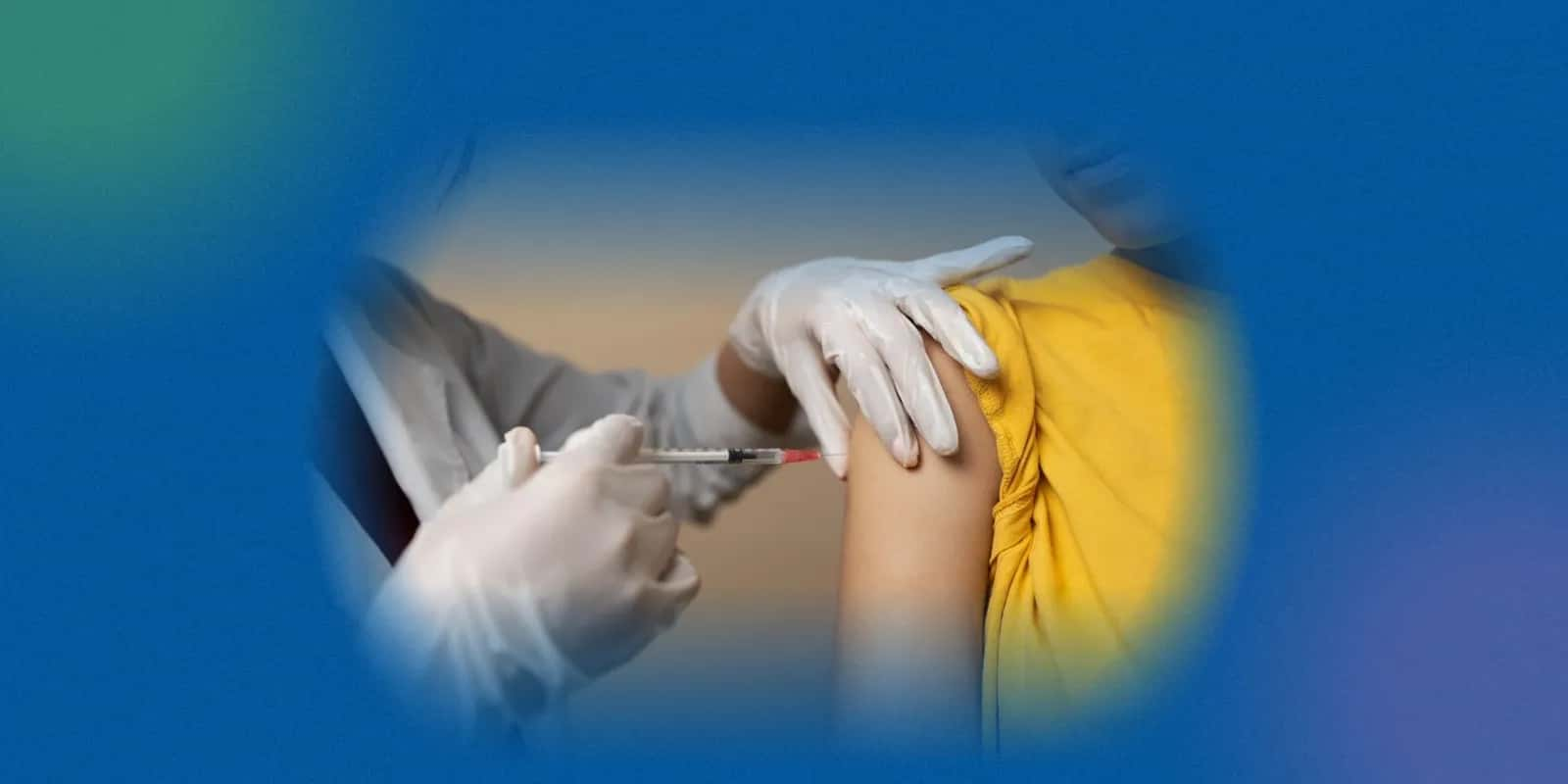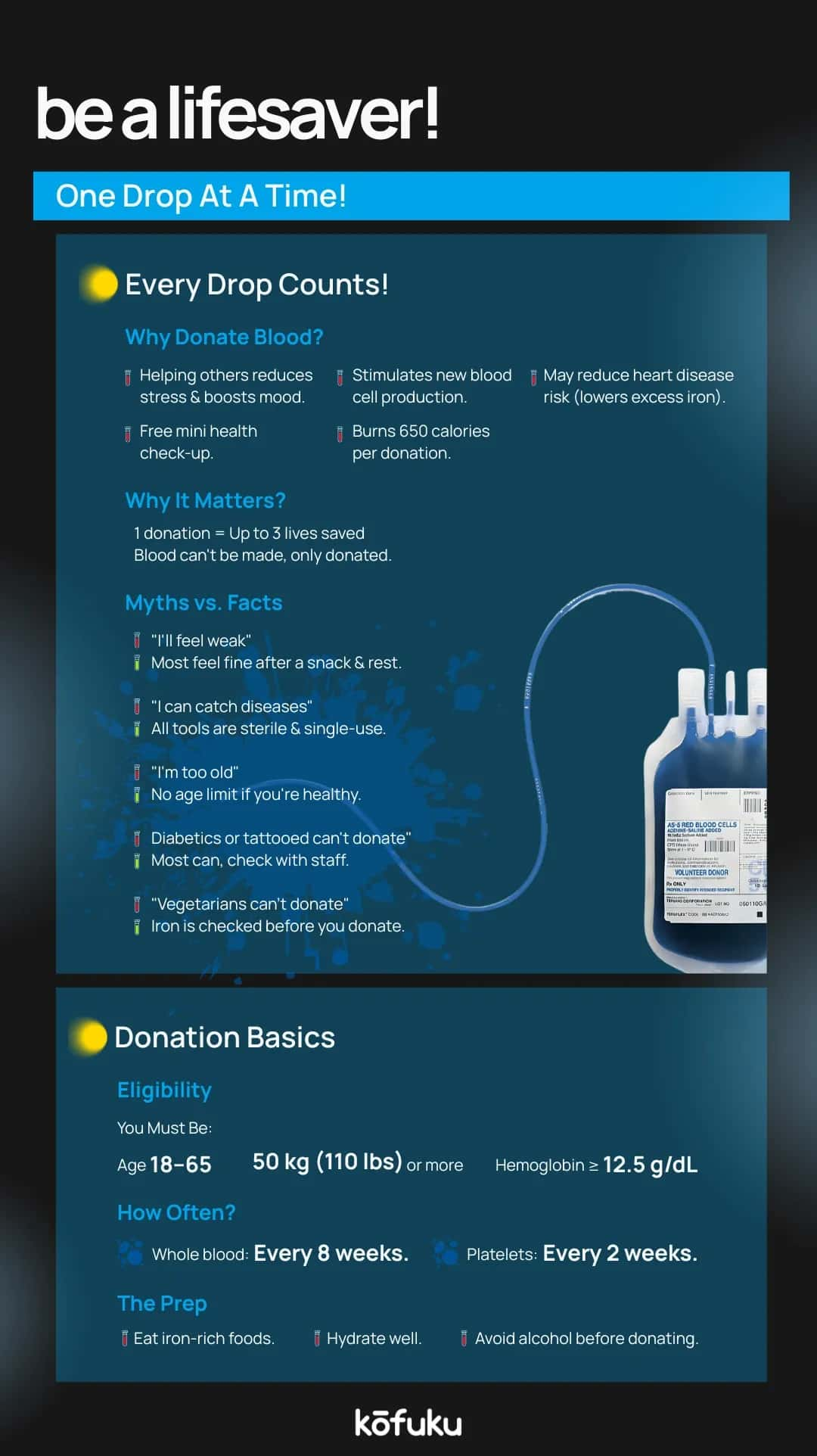Blood Donation Benefits, Myths and Guidelines That You Should Know

Introduction
Blood donation not only saves the lives of countless people but also contributes to the health and well-being of those living in our communities.
There are always millions of people around the world at any given time who need blood for many reasons, such as surgeries, medical treatment, health complications or conditions. A single donation can help save up to three lives and help countless families.
Blood donation can help create a healthy society and ensure that hospitals are prepared for emergencies and scheduled medical procedures. Your donation will help someone and save their lives, and in return, it will give you a feeling of fulfilment that doesn’t come by often.
In India, the need for voluntary blood donation cannot be overlooked. The active demand for donations often exceeds the available supply, especially in emergencies or during natural disasters.
Therefore, it is also crucial to raise awareness and promote regular voluntary blood donation, ensuring that when the time comes, no one suffers due to a lack of blood or blood loss.
Advantages of Donating Blood You've Probably Never Thought About
Saving lives is definitely a plus point when it comes to donating blood, but there are also some personal health benefits:
- Free mini health check-up: Every time you donate blood, you need to have your blood pressure, haemoglobin level, and pulse rate tested. They also check you for any communicable diseases.
- Lower iron levels: Donating blood can help lower excess iron levels, which may reduce your risk of coronary artery disease.
- Better cardiovascular health: Studies have reported that people who donate blood regularly experience fewer blockages and are less likely to have arterial issues due to improved blood flow.
- Boosts emotional well-being: Altruism is closely tied to emotional well-being, and donating blood certainly enhances your sense of community and humanity.
Side Effects of Donating Blood: What to Expect
While donating blood is a safe practice, there are a few mild side effects you may have to deal with:
- Temporary tiredness or dizziness: This may worsen if you haven’t eaten or are dehydrated.
- Bruising or soreness: You’ll experience slight bruising or soreness at the needle insertion site.
- Fainting: This is very rare and is typically caused by anxiety or dehydration.
In most cases, the side effects of donating blood are very short-lived. Other than feeling a little tired, if you drink enough water, rest to some extent, and avoid any strenuous activities for 24 hours, you should be fine and won’t experience any other issues.
All medical personnel are trained to respond immediately to any discomfort you may experience during the blood donation.
Can Someone with a Tattoo Donate Blood in India?
Yes, but it depends on certain conditions. In India, if you have a recent tattoo, piercing, or permanent body makeup, then you need to wait for six months before you can donate blood. The reason for this is to restrict the transmission of blood-borne infections like hepatitis B, hepatitis C, and HIV.
You’ll be eligible to donate blood if you’re out of the six-month waiting window and meet all the other health requirements. Make sure you get your tattoo or piercing at a certified and licensed establishment where all the equipment is sterile to be on the safer side.

Can People with Diabetes Donate Blood?
If your diabetes is well-controlled through diet or oral medication, you can donate blood, at least in India. However, you might not be able to donate blood if you:
- Take insulin by injection.
- Have complications associated with diabetes, such as neuropathy, eye disorders, or kidney problems.
- Have poorly controlled blood sugar.
It's always recommended that you check with your doctor before deciding to donate blood and disclose any medical information that may affect your donation to the medical team at the donation center.
Key Points to Know About Donating Blood in India
Blood donation in India is regulated by the National Blood Transfusion Council (NBTC) and the Ministry of Health. Here are some crucial points to keep in mind when donating blood:
- Age: 18-65 years
- Weight: Minimum 45-50 kgs
- Haemoglobin count: Minimum of 12.5 g/dl
- Number and interval between donations: three months between males, four months between females, and Platelets and plasma every two weeks
- You cannot donate blood if you have any infections, are suffering from a cold or fever, if you’re pregnant, or have had surgery or received a blood transfusion in the last six months.
- Also, be sure to bring your latest valid ID proof, and drink enough water at least two hours before visiting the donation centre.
Blood Bank in Our Bodies: What It Really Means
The body’s natural blood bank, a.k.a. the organ that stores blood and filters blood, is called the spleen. It is a repository of red blood cells and platelets that allows a person to compensate for bleeding and respond to infection.
The spleen is a major part of your circulation system, which releases stored blood to make up for losses in emergencies, and protects the body by providing a layer of defence and recycling old blood cells.
Plasma Blood Banks and Their Role in Modern Medicine
Plasma is the pale-yellowish liquid part of blood, which contains proteins and immunoglobulins that act as clotting factors. People usually need plasma donation in the following cases:
- Burn victims
- Liver diseases
- Immunodeficiencies
- COVID-19 convalescent therapy
Plasma blood banks are responsible for collecting, separating, and freezing plasma for medical uses. It can be stored for up to a year, making it useful in emergencies.
Blood Temperature in Blood Banks: Why It Matters
In blood banks, maintaining temperature control during blood storage is a crucial safety and viability issue.
- Whole blood and red cells: 2°C to 6°C for storage
- Platelets: 20°C to 24°C for storage
- Plasma: frozen at – 18°C or lower
If blood is not stored properly, it may deteriorate in quality and ultimately pose risks to the recipient of the transfusion. Cold chain logistics, as a stringent monitoring factor, help ensure that blood components are stored at the prescribed temperatures.
Drawing of Blood Donation: Medical and Creative
In a medical sense, “drawing blood” is when the blood is withdrawn from the donor's vein using a sterile needle. The procedure is safe, quick, and takes only about eight to 10 minutes.
In a creative sense, drawings or art that depict blood donation usually exemplify kindness, unity, and hope. These drawings are used by schools and NGOs in campaigns that promote blood donation, helping to raise awareness about the cause and inspire young people to take action.

Blood Donation Camps: What to Expect and How to Get Involved
Blood donation camps, organised events in schools, offices, hospitals, or public spaces, follow these four steps:
- Registration
- Basic health screening
- Blood donation (8–10 minutes)
- Resting/refreshment time
- Certificate of appreciation
Here’s how you can join a blood donation camp and be more involved in the process:
- Watch out for local announcements
- Contact NGOs such as the Red Cross or Rotary
- Register online through organisations such as Indian Blood Donors or eRaktKosh
How Do I Join the Blood Donors List?
Joining the blood donors list means you can be contacted anytime there’s an emergency and people need the same type of blood as yours. Here is how you can be involved:
- Register through websites like eRaktKosh, Friends2Support, or the Indian Red Cross
- Join community drives or community apps that link donors with recipients
- Make sure you keep your availability and other details updated
Being part of a donor group allows authorities to maintain an adequate blood supply and saves you time in an emergency.
Conclusion
While donating one unit of blood may seem like a small thing, it can be the difference between life and death for the person who desperately needs it. It doesn’t matter if you’ve donated blood before or plan to do so in the future; educating people and helping them overcome the fear of blood donation can make a world of difference and help those who need it.
By being a part of the blood donation movement, whether it's donating blood or advocating for blood donation, you’re not simply donating blood; you’re giving hope.
Note to students: Donating blood is one of the most selfless acts that you can do, which can save countless lives. We encourage students to advocate for blood donation, participate in blood donor events (if eligible), and inform others, as a small amount of effort can have a significant impact.

FAQs
Q. What are the main advantages of donating blood?
A. You save lives and get a free mini health assessment during the pre-donation process. It can also lower the risk of heart disease and iron overload.
Q. Can I donate blood if I got a tattoo recently?
A. No, you need to wait for at least 6 months to donate blood after getting a tattoo. This is to reduce the risk of infection.
Q. Are there any side effects or disadvantages of blood donation?
A. There are mild effects such as dizziness, fatigue, or bruising, but serious complications are extremely rare.
Q. Can a diabetic person donate blood in India?
A. Yes, but only if the diabetes is well controlled, without any complications, and you meet the remaining standard eligibility criteria.
Q. What is the process followed at blood donation camps?
A. You first need to register, undergo a basic health screening, and then donate blood, which takes approximately 10 minutes. After that, you get post-donation care which includes giving you resting space and refreshments.

Blood in Stool? 7 Tell-tale Signs of Colorectal Cancer

Know Your Reading: Guide to Use a Blood Pressure Chart/Machine

Soleus Pushups: An Effective Exercise to Manage Blood Sugar Levels

Black Rice for Diabetes: A Nutritional Weapon Against High Blood Sugar

10 Ways of Reorienting With Respectful Parenting


